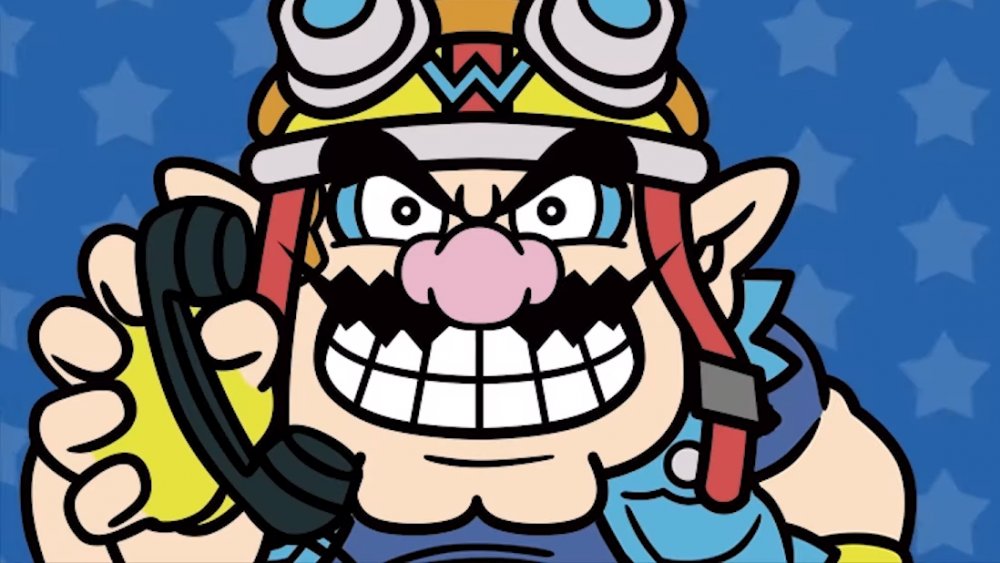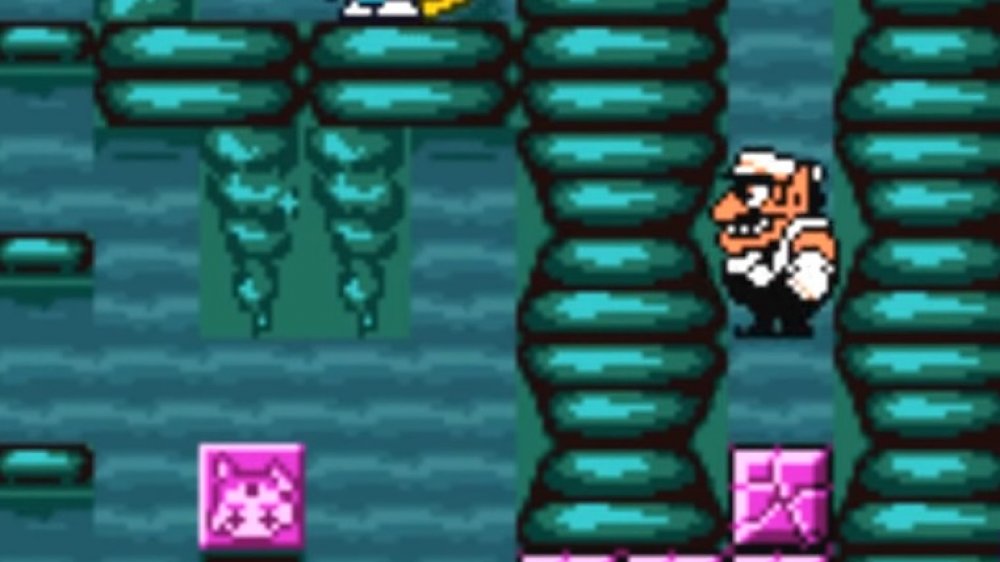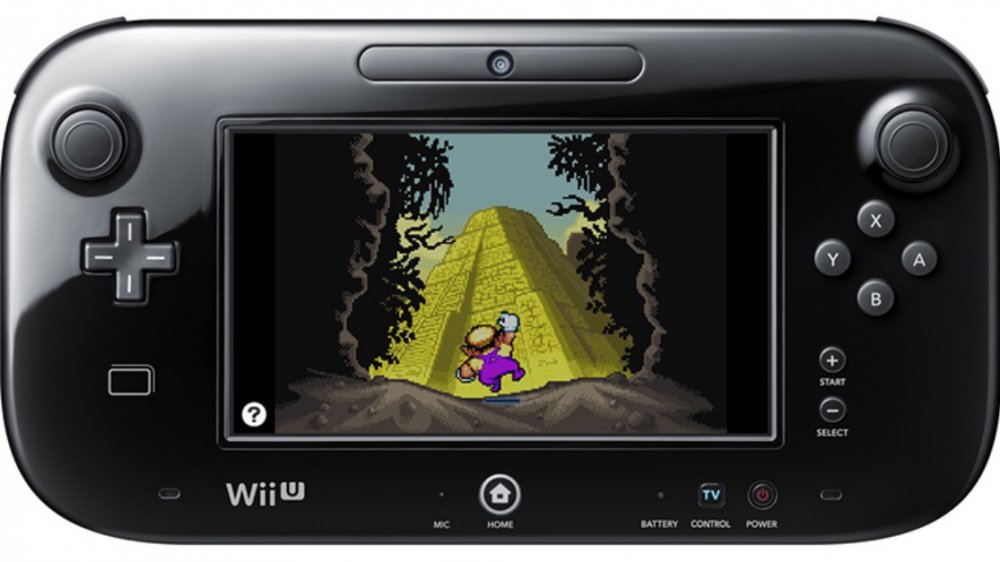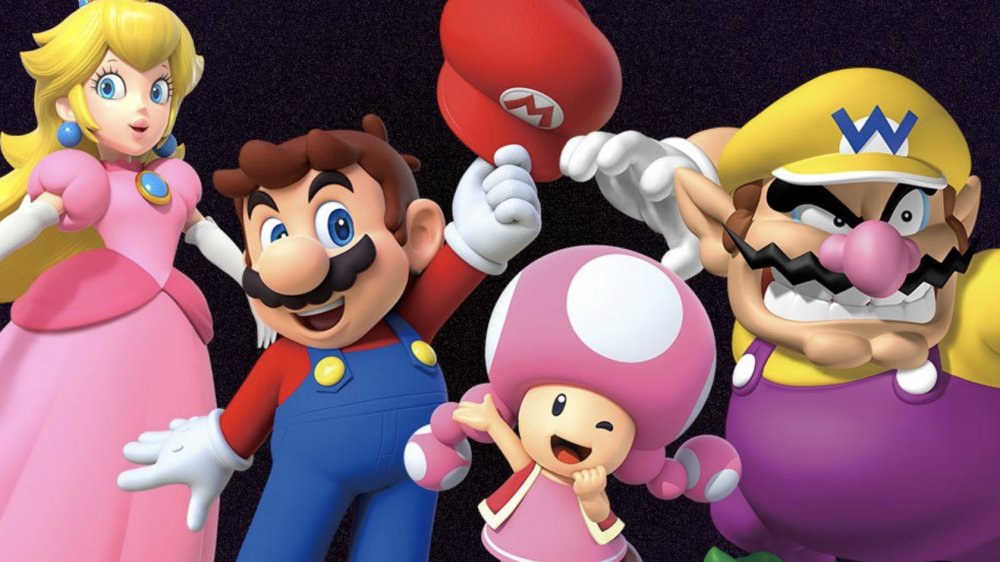The Untold Truth Of Wario
In some ways, Wario is the antithesis of Nintendo's plumber hero, Mario as well as his arch-rival. However, his role in Nintendo canon has always been a bit more complicated than that of mirror-image villain, as he was both protagonist and enemy in a whole slew of games from party titles to mini-games.
Wario was designed as the Bluto to Mario's Popeye, game designer Hiroji Kiyotake said in a 1992 interview. Yet the boorish anti-hero hasn't been seen in a Nintendo platformer for some time (since 2008's Wario Land: Shake It!). That doesn't mean his role in the Nintendo universe is insignificant, of course. He's the yellow- and purple-hued Bizarro Mario counterpart who represents the opposite of Mario's personality.
Rather than being the pinnacle of Nintendo's polished game library, Wario is the guy from the lighter, more experimental titles who smashes and breaks things in his attempts to dash ahead of the pack with new and innovative ideas. He makes mistakes sometimes, but he does it with style.
This is the untold truth of Wario.
Wario was created out of spite
According to AV Club, Wario's creation story is exactly what it should be. Nintendo's acclaimed R&D1 team, tasked with creating handheld games for Mario, was unhappy about the prospect. This group is the one reportedly responsible for Metroid, Tetris, Super Mario Land, Kid Icarus, Mario Paint and others, so you can see why such an accomplished group might balk at having to develop secondary titles for Nintendo's already-famous mascot.
In what AV Club calls "a burst of spite," the team inside R&D1 created a character to serve as the game's villain who was Mario's evil counterpart. Hiroji Kiyotake, who was a part of R&D1, claimed in an interview that the name came before the character.
"The truth is, we kind of came up with the idea of the name first, and everything else came after," Kiyotake said. "Since he was a 'warui' (bad) guy, he should be Wario. And we had the idea to flip the M upside down. To our surprise, the idea was a big hit with everyone on the team."
Just like that, Wario became R&D1's own little mascot and the star of multiple Nintendo handheld titles, including Super Mario Land 2: 6 Golden Coins and Super Mario Land 3: Wario Land.
His backstory was a bit of an afterthought
Despite R&D1 creating the character, the team didn't give Wario much depth at first. In Kiyotake's 1992 interview, he said that Wario liked crepes but couldn't definitively confirm how Mario and Wario even knew each other. It wasn't until Yoshi's Island DS in 2006 that players were able to find out where Wario came from. That game featured baby versions of some favorite Mario characters, including Mario, Princess Peach, and Wario. Wario was a gold-obsessed, tantrum-having child, and was a playable character along with the rest.
Of course, in 2003 fans also learned that Wario created a video game company. That's when WarioWare Inc.: Mega Microgame$ was released for the Game Boy Advance. This game included a bunch of mini-games inside, all ostensibly created by Wario and his crew from Diamond City to test gamers' ability and precision. Apparently, Wario was sitting around watching TV only to see a report about a popular video game, and this made him think he could make a lot of money by creating one of his own. WarioWare then became a series, with 2018's WarioWare Gold being the most recent title to line Wario's pockets.
A Mario vs. Wario comic from Nintendo Power explains the rivalry
The one dominant aspect of Wario that was obvious fairly early on was his animosity toward Mario. The reasons behind his dislike of his childhood friend (beyond the fact that Mario stole his fortune) were first detailed in two comic-book stories published in Nintendo Power magazine called "Mario vs Wario" from 1993.
In the first installment, Wario invites Mario over for some reminiscing after an absence of 20 years and Mario gladly accepts. Somehow, an unconcerned Mario gets pasts all the traps Wario has set for the person he considers a childhood bully, and Wario does not get his revenge on Mario for all the "inequities of his childhood."
A second installment of the comic has Wario failing to obtain a doll of Samus Aran (Metroid's heroine) for Princess Peach's birthday, and scheming to pretend Mario's gift is his. So, as it turns out, perhaps part of Wario's problem with Mario is plain old-fashioned jealousy.




